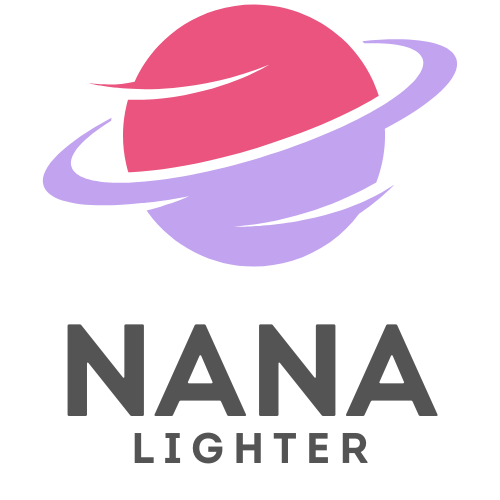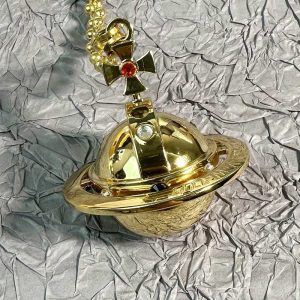-
×
Silver NANA Lighter
1 × $99.00 -
×
Gold NANA Lighter
1 × $99.00 -
×
KEEP ONE, GIFT ONE
1 × $179.00 -
×
Silver & Gold Premium Kit
1 × $179.00
Blog
Does the NANA Anime Cover the Full Manga? Adaptation vs. Source Material
Does the NANA Anime Cover the Full Manga? Adaptation vs. Source Material
The world of anime adaptations is a complex tapestry of creativity, often blending the original source material with unique interpretations. One such notable adaptation is NANA, a romantic drama based on Ai Yazawa’s manga of the same name. Fans of the series often wonder: does the anime cover the full manga? This article delves into the specifics of the adaptation, addressing covered volumes, omitted details, and the originality of the anime’s conclusion.
Anime Coverage of the Manga
The NANA anime adaptation spans 47 episodes and covers up to Volume 12 of the original 21 volumes of the manga. This means that the anime only captures about 57% of the story, leaving behind significant plotlines and character developments found in the remaining manga volumes. While the anime effectively condenses the emotional depth and nuances of the early story arcs, it inevitably misses out on the rich tapestry that unfolds later in the manga.
Omitted and Adapted Plot Points
One of the most notable aspects of adaptations is the need to streamline the story for pacing and time constraints. In the case of NANA, several characters and plot points receive less attention or undergo significant alterations:
- Supporting Characters: Characters such as Reira and Yasushi have more intricate backstories and development in the manga. The anime touches on their roles but glosses over their struggles and complexities, limiting the audience’s connection to them.
- Backstories and Relationships: The manga elaborates on NANA Komatsu’s family dynamics and her relationships with friends, offering a deeper understanding of her motivations. This context is often compressed or omitted in the anime, which can leave viewers wanting more depth.
- Character Growth: The manga explores the protagonists’ evolution across a broader spectrum, showcasing their growth in response to various challenges. The anime’s pacing sometimes prevents this growth from being fully realized, resulting in character moments that feel rushed or incomplete.
Originality of the Anime’s Conclusion
One of the most significant points of contention among fans is the anime’s ending. As it extends only to episode 47, it presents an original conclusion that diverges from the manga. The anime culminates in a way that provides some semblance of closure, yet it remains open-ended regarding several character arcs and plotlines introduced earlier in the series.
The manga, originally serialized in 2000, faced multiple hiatuses owing to the author Ai Yazawa’s health issues. As a result, the manga has not been completed, contributing to the anime’s need for a definitive yet unfinished conclusion. The unresolved narrative threads and character arcs leave many fans dissatisfied, longing for the depths that the manga offers.
The NANA anime is a compelling adaptation of Ai Yazawa’s work but does not cover the complete narrative of the manga. By reaching only up to Volume 12 out of 21, it omits significant character backgrounds and plot developments, leading to a somewhat superficial understanding of the core themes and relationships. Additionally, the anime’s choice to conclude the story in a manner different from the ongoing manga leaves an incomplete picture for fans. Ultimately, the richness of NANA lies in its source material, encouraging viewers to delve into the manga for a fuller experience of this beloved story.

 Silver NANA Lighter
Silver NANA Lighter  Gold NANA Lighter
Gold NANA Lighter  Silver & Gold Premium Kit
Silver & Gold Premium Kit